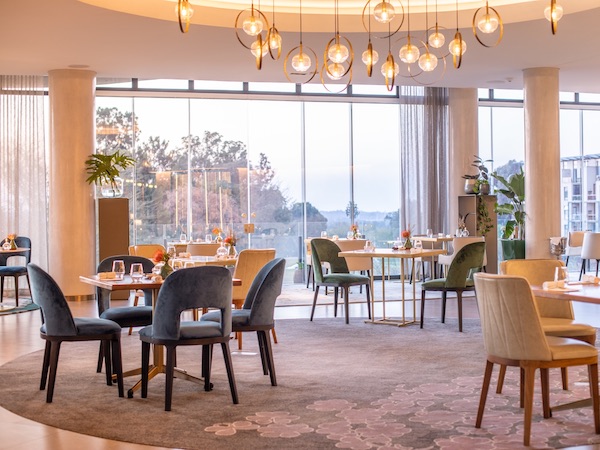News
More than a pretty plate: the art and impact of crockery in a restaurant
Monday, February 12th, 2024“You eat with your eyes and crockery is to a chef what a canvas is to an artist. Of course, the correct piece for what you’re serving is necessary, but a well-crafted piece of crockery can go a long way in adding to the aesthetic appeal of a dish,” says Callan Austin, executive chef of Dusk Restaurant, and it’s hard to disagree. The right tableware helps set the mood by complementing both the visual aspects of the food and also the general theme of the restaurant.
We examine the importance of crockery and serveware in a dining establishment, and how chefs explore both the form and the function of these service pieces.
View this post on Instagram
Visual impact
It is important that the crockery and serveware complement and highlight the dish and ingredients, not overshadowing the food. Plain white porcelain canvases make the ingredients ‘pop’ on the plate, while earthy tones bring an autumnal theme to the dish, and both can be used by a restaurant to convey a particular story or theme for the desired menu item. As well as colour and texture choice, all of the components of the table arrangement for a particular course must function harmoniously together in both style and design to create the desired visual and practical impact. Callan continues, “At Dusk we use our food to tell important stories and our choice of crockery has its role in conveying that message.” Chef John Norris-Rogers of PIER restaurant at the V&A Waterfront expands, “The visual impact of our custom-made pottery is paramount. It really needs to have a wow factor as the piece arrives at the table. We aim to do this in a number of ways, be it in the attention to detail that goes into making each of our pieces or in its use or function, as well as how it fits into the particular course we are serving. Being a restaurant that has quite a heavy focus on seafood, with a location overlooking the harbour and ocean, we have many pieces that are created based on oceanic-themed pieces like shells and coral. We then try to incorporate them into courses throughout the meal in a relevant manner, from the snacks at the beginning to the petit fours at the end.”
View this post on Instagram
Branding and identity
Many restaurants underestimate what a powerful marketing tool an establishment’s crockery can be. Chef Giles Edwards was very aware of that at his restaurant, La Tête (now closed) – knowing that customers would be taking photos of the food, he branded his canteen-style plates with the restaurant’s name big and clear on the rim of the plate, so that every time someone posted their experience on social media, the restaurant’s name was clear as day. Free advertising, and no question or uncertainty of which restaurant’s food that is.
View this post on Instagram
Ashley Moss of FYN restaurant echoes this approach by creating a uniqueness and a signature to the serveware – “It’s important to have something bespoke that helps define the brand so that when you see a dish, you automatically know that it’s a FYN dish.”
Functional considerations
A lot of the bespoke pieces in a restaurant may be very difficult to reproduce again and might be very fragile. This might not always be practical for a restaurant because they can go through a lot of wear and tear through their constant usage. Plates, bowls etc. also need to be able to stack on top of one another during storage, so this also must be possible. Items need to be carried by staff, so they can’t be heavy, and food needs to be served on or in the item so they cannot be too light because they must be able to withstand some weight.
View this post on Instagram
Sustainability and eco-friendly crockery choices
“Longevity of crockery is often one of the biggest factors when considering the sustainability of crockery. We choose to often repair broken crockery rather than replacing it, much like the Japanese practice of kintsugi”, says Ashley (meaning “golden joinery”, kintsugi is the Japanese art of repairing broken pottery by mending the areas of breakage with a lacquer dusted or mixed with powdered gold, silver, or platinum – a breakage and repair is seen as part of the history of an object, rather than something to discard). While at Dusk, Callan does something similar to continue the item’s ‘life’. He says, “Cracked or broken plates are kept aside and are then ground up and repurposed into new crockery items once we collect enough.”
Often overlooked, the choice of crockery can serve as a canvas for storytelling, while also presenting opportunities to shine a light on aesthetics, functionality, and sustainability simultaneously.
Subscribe to Eat Out’s Industry Insider newsletter and join a community of innovative minds shaping the future of dining.












